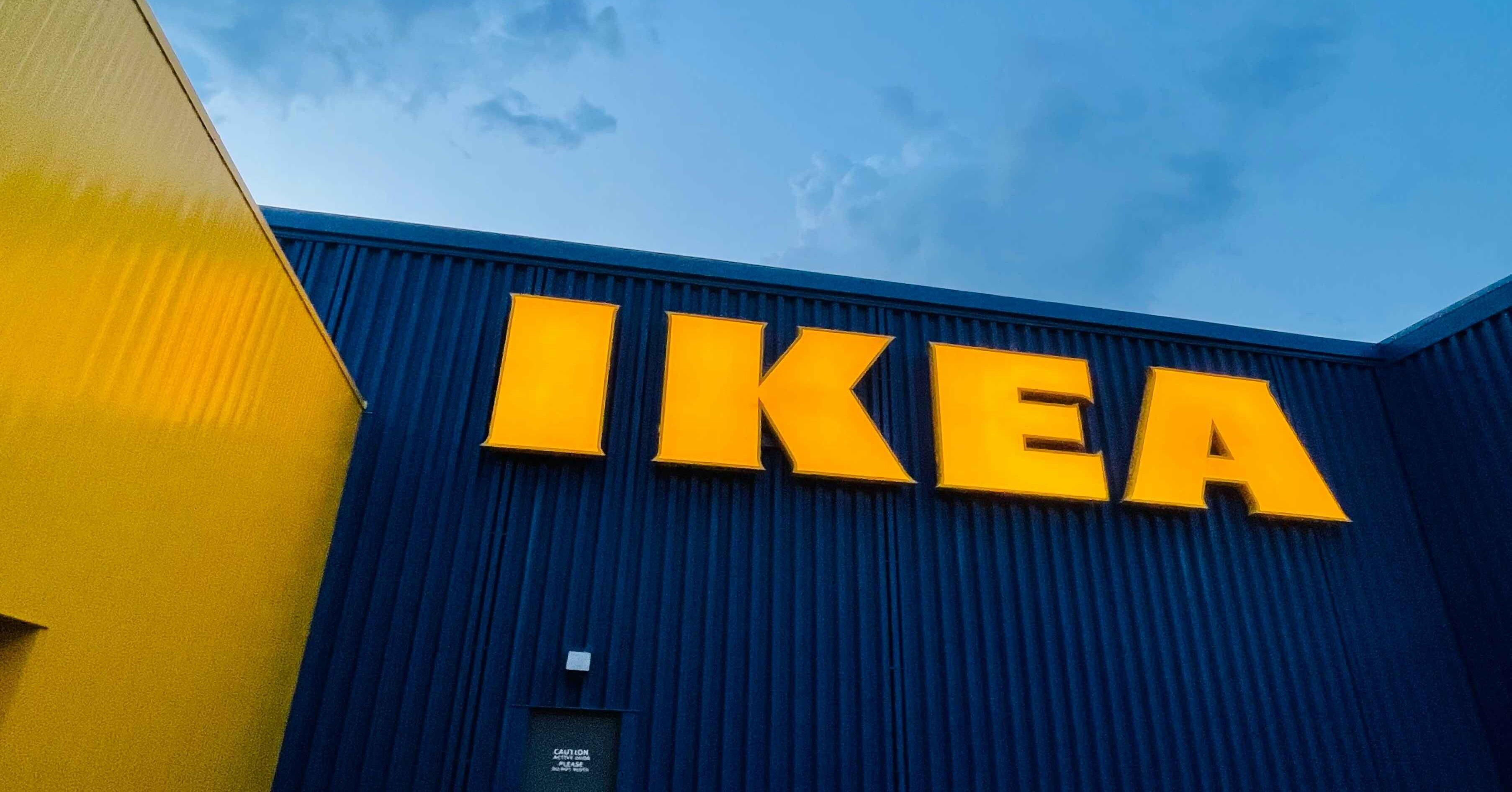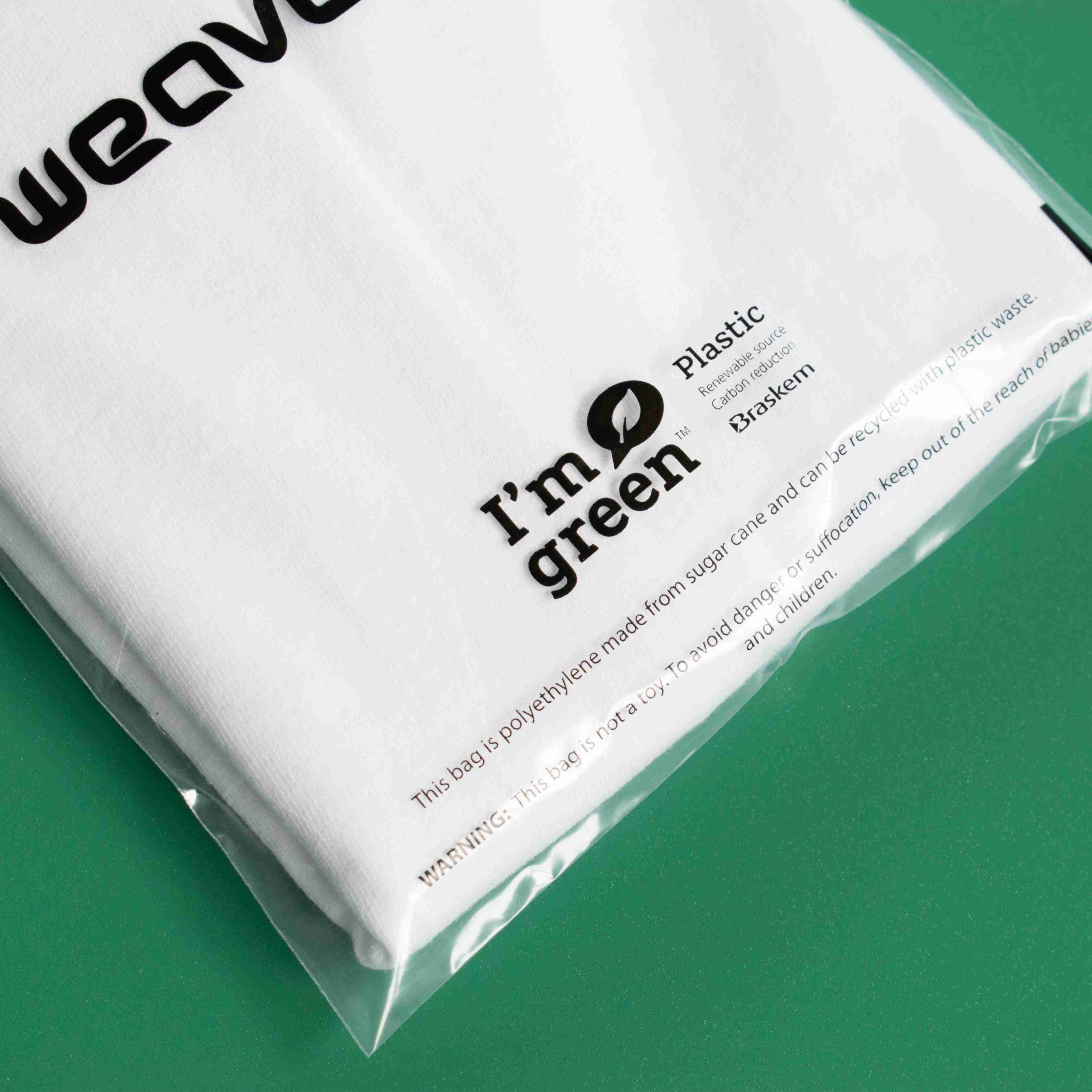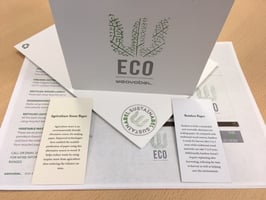Is IKEA sustainable? Exploring the homeware giant’s practices
Sustainability in homeware is becoming a hot topic, which leads us to ask — is IKEA sustainable?

You’ll struggle to find anyone who doesn’t recognise this Scandinavian furniture and homewares giant. Of course, we’re talking about IKEA.
As the conversation around sustainability intensifies and the modern consumer becomes increasingly eco-conscious, brands need to react. So, is IKEA sustainable? And what initiatives does it currently have in place?
The background
Ambitious sustainability targets have been set around the globe, with the Paris Climate Agreement being a significant milestone for setting specific expectations — primarily to limit global temperature rises to 1.5 degrees Celsius.
As a result, many global brands have followed suit and set their own targets, with IKEA being no exception.
Many aspects must be considered when analysing IKEA’s sustainability credentials. Its products are bought and loved by many, and although the brand heavily invests in responsible materials, it still arguably falls within the ‘fast homeware’ category.
So, what promises has IKEA made to become more sustainable and limit its impact on the planet?
The strategy
IKEA makes no secret about its commitment to sustainability. Promises are emblazoned across its stores, adverts, promotional materials and website, with bold claims in an effort to become more eco-friendly.
Its sustainability strategy has a three-pronged approach, two of which we’ll examine in more detail.
1. Healthy and sustainable living
IKEA’s primary message is that it inspires over one billion people to live more sustainably and to make better and more considered purchasing decisions.
How? Whether it’s providing sustainability tips in stores, offering recycling services or offering an extensive range of eco-friendly products, including LED lightbulbs, glass food storage containers, thermal blinds, recycling bins and more, sustainability is a steady constant throughout their operations.
It encourages customers to stop and think about their everyday activities, which can make a big difference to not only the planet but also their pockets.
For example, IKEA has found that the average household could save up to £210 per year by reducing food waste and £79 per year by reducing heating, and it offers products to help its customers do so.
2. Circular and climate-positive
Circularity is one of the quickest-growing terms within sustainability, and many companies are adopting it as a business model. The idea of circularity is that nothing is wasted, resulting in a circular loop model rather than a wasteful linear approach.
When regarding implementing circular and climate-positive initiatives, IKEA has three clear climate goals:
- Drastically reduce greenhouse gas emissions, including a commitment towards 100% renewable energy
- Remove and store carbon through forestry, agriculture and products
- Go beyond IKEA and ensure a positive climate footprint for customers, suppliers and sourcing
Most importantly, the brand commits to doing all of the above without purchasing any carbon offsets that can inaccurately skew results.
Schemes
Ensuring customer buy-in to its sustainability initiatives is paramount for IKEA to become more eco-friendly, particularly as a B2C business. That’s why it’s rolled out a number of initiatives that help its customers to be sustainable and encourage increased circularity.
- Re-shop and re-use: Consumers can buy ex-display products, discontinued items, damaged furniture and pre-loved purchases
- Buyback and resell: Customers can return used products to IKEA stores in its buyback scheme, offering money off for future purchases. The products are then resold through the re-shop and re-use scheme
The results
So far, the results of IKEA’s sustainability initiatives and efforts are positive.
- 99.5% of the wood used for IKEA products is either FSC-certified or recycled
- IKEA only sells rechargeable batteries to reduce waste
- Its new LED lightbulbs are 35% more efficient than previous versions
- Achieved 100% renewable electricity in IKEA factories
- Of the materials sourced in 2021, 55.8% were renewable and 17.3% were recycled
So, is IKEA sustainable?
There’s still some way to go. Although IKEA is making strides in the right direction, continued commitment and expansion of targets will be needed for the business to become sustainable.
As it stands, some of its commitments are vague and without measurable, numerical targets attached, making it difficult to see how far the brand has come.
And ultimately, can a brand that sells over €44.6 billion worth of disposable products every year ever be sustainable? IKEA arguably fits within the ‘fast’ homeware sector, contributing to excessive consumption and waste.
However, to conclude, IKEA is far more committed and transparent than many other global organisations and new initiatives are being launched to help the brand become more sustainable over time.
Sustainability from stitch to store
Interested in learning how your brand can become more sustainable and how Weavabel can help? Our packaging innovation toolkit gives you all the insights, education and inspiration you need to transform your branded packaging and trims.









